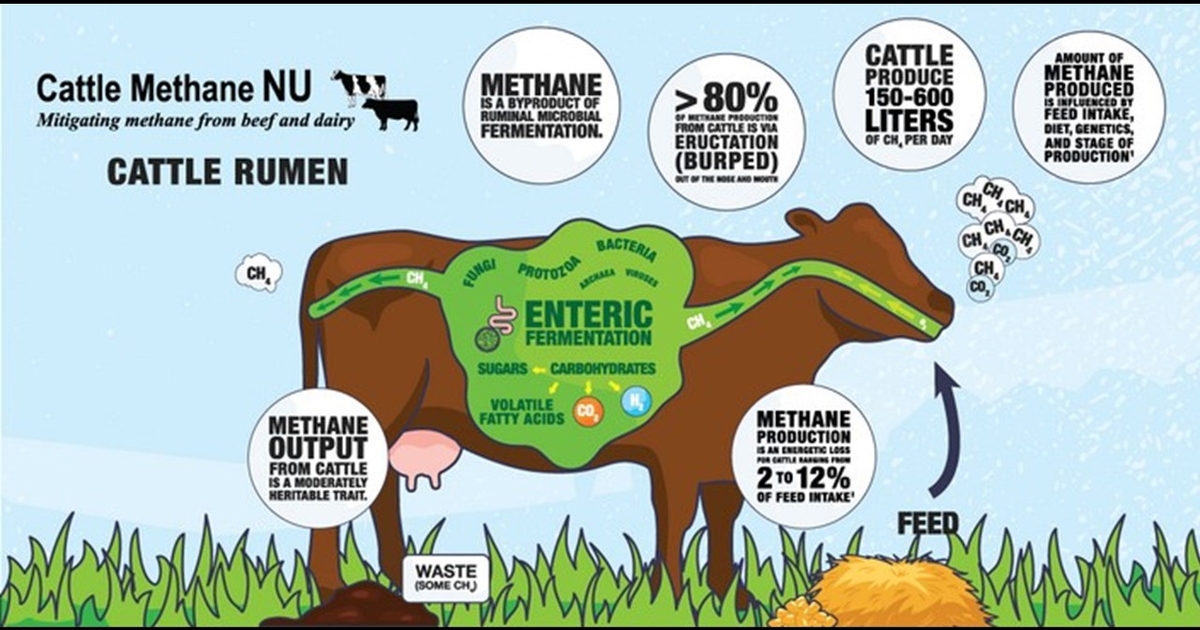Comparison of beef calves in conventional or natural systems for backgrounding and finishing
Posted on April 15, 2024
Source: Farm Progress. The original article is posted here.

"This study compared growth performance and carcass characteristics of weaned beef steers under conventional and natural management systems in three body-weight groups entering long or moderate backgrounding durations prior to finishing or direct finishing," says David K. Beede, PhD, editor in chief of the journal. The results shed important light on the trade-offs between different production systems and the effects of these systems on animal performance, carcass quality, and production efficiency, which can ultimately provide a more informed decision.
Lead investigator of the study, Bart Lardner of the Department of Animal and Poultry Science, College of Agriculture and Bioresources, University of Saskatchewan, Saskatchewan, Canada, explained, "A lot of research has been done on the effects of removing or including individual performance-enhancing technologies in cattle production, but few studies have evaluated the common combinations used in conventional cattle production. We wanted to examine overall system performance at backgrounding and finishing, factoring in more real-life factors such as variability of starting weight, and including a true combination of conventional management tools compared to a natural approach."
The researchers investigated the performance of 240 weaned beef steers divided into three weight groups (heavy, medium, and light) and assigned each to either a conventional or natural management system entering long or moderate backgrounding durations before finishing. Conventional cattle received a commonly used combination of hormonal implants and feed additives, while natural cattle did not.
The final results show that steers managed conventionally had greater average daily weight gain and feed efficiency compared to those managed naturally, particularly during the backgrounding phase. Conventionally managed steers also reached their target finished weight faster, with fewer days on feed.
However, the steers raised naturally produced the largest meat yield with higher marbling scores and a larger proportion of the highest quality grade (AAA) compared with conventionally managed steers.
These same naturally managed steers also had a higher prevalence of liver abscesses.
Lardner explained, "These findings suggest that producers aiming for optimal growth performance and efficient production might favor conventional management, especially for heavier cattle. Conversely, producers seeking naturally raised beef with specific carcass characteristics, such as higher marbling and quality grade, may prioritize a natural management system with the understanding of potential trade-offs in performance and liver health."

.jpg?disable=upscale&width=1200&height=630&fit=crop)


